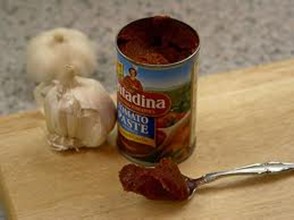Sustainable means safe for humans, too. BPA (bisphenol-A) is a chemical that goes into making hard plastic. 6 million pounds a year are produced in the U.S. and used to make CDs, DVDs, and eyeglasses. It wouldn’t be a direct consumer threat if those were its only uses. But BPA is also used to line food containers and to make water bottles. BPA is an endocrine disruptor, which interferes with our hormones and also contributes to diabetes and heart disease.
Late last month the Food and Drug Administration (FDA) refused to ban BPA from food packaging, despite plenty of evidence that it’s harmful. The Natural Resources Defense Council, which supported the ban, was shocked. Dr. Sarah Janssen, one of NRDC’s senior scientists, stated, “BPA is a toxic chemical that has no place in our food supply. We believe FDA made the wrong call. The agency has failed to protect our health and safety — in the face of scientific studies that continue to raise disturbing questions about the long-term effects of BPA exposures, especially in fetuses, babies and young children.” The Breast Cancer Fund blog also deplored FDA’s ruling.
Another branch of government, though, the U.S. Department of Health and Human Services, is carefully offering advice about how to avoid BPA and revving up to support regulations, if they’re ever passed. HHS advice is available here.
So once again consumers can take action when our regulators (FDA, in this case) won’t. Luckily, some companies are taking action voluntarily, removing BPA from their food packaging. Campbell’s Soup, for one. And makers of beverage bottles are touting their BPA-free wares — just google it. So help the earth – and your own health—by purchasing food and drink that comes without this dangerous chemical – especially for babies and young children, whose bodies are still developing.

